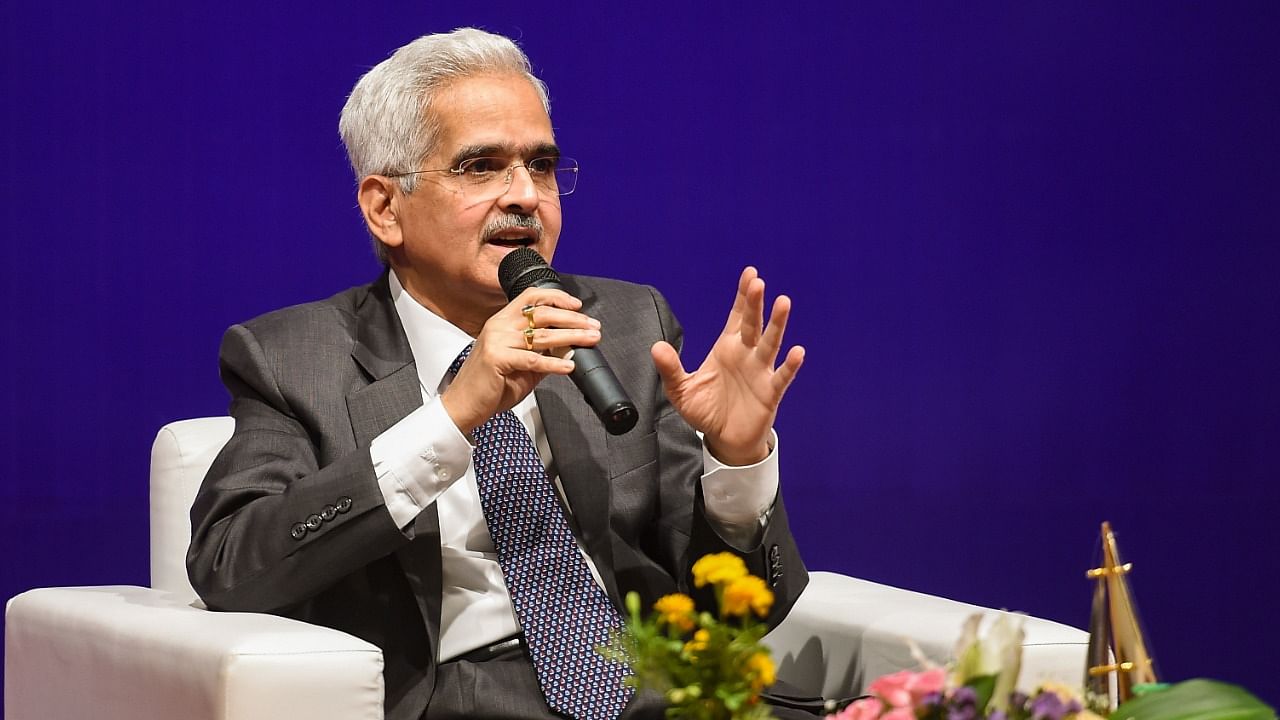
The unanimous decision of the RBI’s Monetary Policy Committee (MPC) to increase the repo rate by 50 basis points to 4.9 per cent has not come as a surprise. It builds on the off-cycle hike of 40 basis points made in May. There was even speculation that there would be a higher hike as the inflation situation has turned serious. It will now be difficult to put the genie back into the bottle quickly. The RBI has acknowledged as much by making it clear that it does not intend to remain “accommodative”. Governor Shaktikanta Das has said that the policy rate will be raised and efforts to contain liquidity will continue. The repo rate is now 25 basis points lower than the pre-pandemic level. There is still much to do before inflation can be brought back within tolerable limits.
The MPC has projected retail inflation to an average of 6.7 per cent for the fiscal year ending in March. This is one percentage point above its April forecast, which was even then considered to be an underestimate. It is expected to be at a high 7.5 per cent in the first quarter, 7.2 per cent in the second, 6.2 per cent in the third and 5.8 per cent in the fourth quarter. All the estimates are much higher than the projections made by the MPC in April. There is a view that the current projections may also turn out to be underestimates. Available data supports the grim view on prices. Core retail inflation was around 7 per cent in April, and food and fuel prices were already high. The wholesale price index continues to be in double digits. Businesses have started passing on the rise in input costs to customers and this will eventually dampen demand as purchasing power will keep diminishing.
The MPC has mentioned many factors as contributing to the rise in inflation. They are the rise in commodity prices, the disruptions caused by the Ukraine situation, a below par rabi crop outlook, fuel price and power rate increases, and the price pressures of businesses. The RBI Governor has suggested that the states could lower the value-added taxes on fuels. This is the central government’s view also, which most states have found difficult to follow. It is surprising that the RBI has still retained its growth forecast for the year at 7.2 per cent, though other agencies like the World Bank have lowered it from their earlier projections. There are also warnings about a global risk of stagflation. The government will now have to support growth with fiscal measures as the RBI will focus on controlling inflation. The RBI will, in fact, have to give in writing why it failed to uphold its inflation mandate.